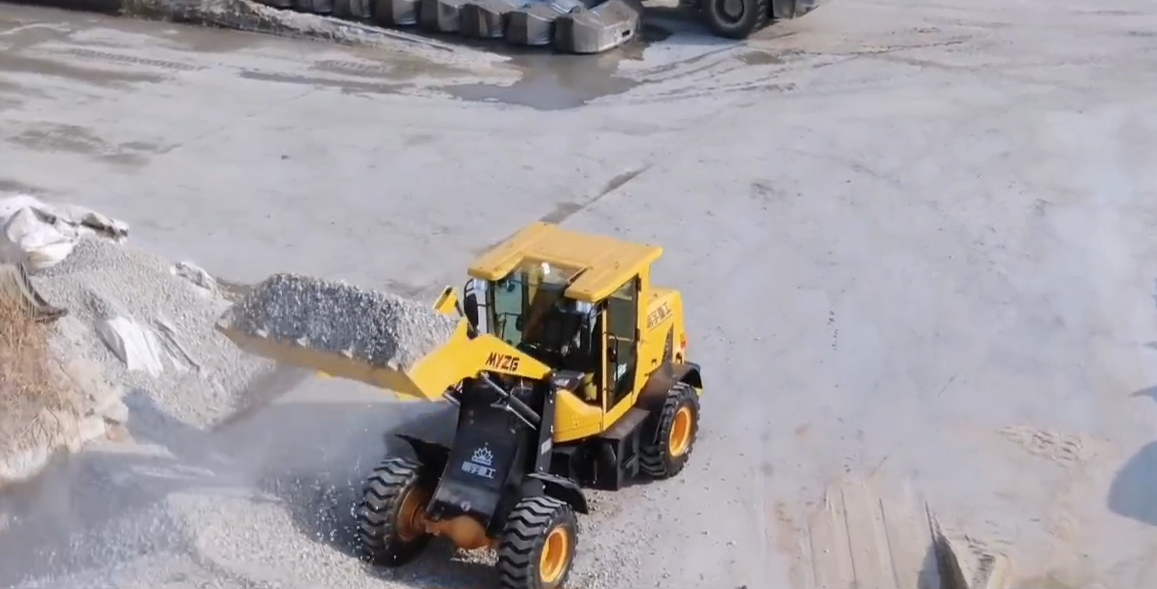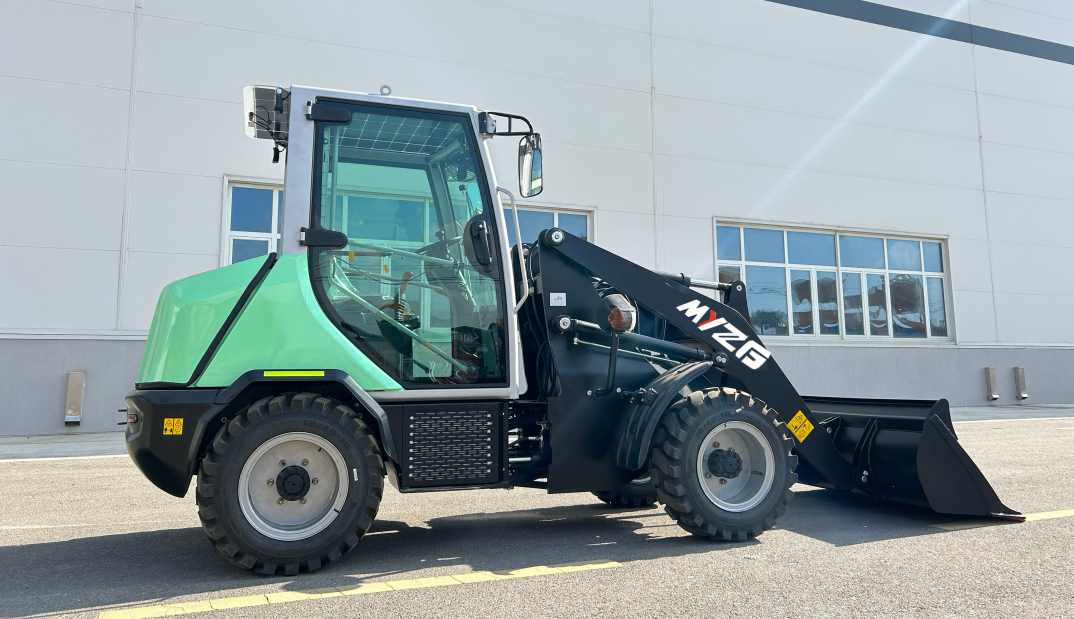A wheel loader is a powerful piece of construction equipment, capable of moving large amounts of material efficiently.
What is Tipping Load?
The tipping load of a wheel loader is the maximum weight it can safely lift without tipping over.
-
Machine Design: The weight distribution, wheelbase, and center of gravity of the machine play a significant role in determining its tipping load.
-
Tire Condition and Inflation Pressure: Proper tire maintenance is essential for stability.
Underinflated or damaged tires can compromise the machine's ability to maintain its balance. -
Ground Conditions: Soft or uneven ground can significantly reduce the machine's stability.
- Operator Skill and Experience: Skilled operators can optimize the machine's performance within its limits, minimizing the risk of tipping.
Two Key Tipping Load Measurements
To ensure safe operation, it's essential to consider two key tipping load measurements:
-
Straight Tipping Load (STL):
-
This is the maximum weight a loader can lift when its boom is fully extended and the machine is in a straight position.
-
This is the maximum weight a loader can lift when its boom is fully extended and the machine is in a straight position.
-
Full-Turn Static Tipping Load (FTSTL):
-
This is the maximum weight a loader can lift when its boom is fully extended and the machine is fully articulated (turned).
-
This is the maximum weight a loader can lift when its boom is fully extended and the machine is fully articulated (turned).

Factors Affecting Tipping Load
Several factors can influence the tipping load of a wheel loader:
-
Bucket Size and Load Weight: A larger bucket or a heavier load increases the risk of tipping.
- Boom Angle and Reach: Extending the boom or reaching out too far can reduce the machine's stability.
-
Ground Slope: Operating on a slope, especially a steep one, significantly increases the risk of tipping.
-
Tire Condition and Inflation: Proper tire maintenance is crucial for stability.
Underinflated or damaged tires can compromise the machine's ability to maintain its balance. - Operator Skill and Experience: Skilled operators can assess the situation and adjust their operating techniques to minimize the risk of tipping.
Preventing Tipping Accidents
To prevent tipping accidents, it's essential to follow these guidelines:

-
Consult the Operator's Manual: The operator's manual provides specific information on the tipping load and other safety guidelines for your particular machine model.
-
Avoid Overloading the Bucket: Use appropriate bucket sizes for the task at hand and avoid overloading the machine.
-
Be Cautious on Slopes: Operate slowly and avoid sharp turns on inclines.
- Maintain Proper Tire Pressure: Ensure optimal tire inflation for stability.
- Train Operators: Provide thorough training to operators on safe operating procedures, including recognizing potential tipping hazards and responding appropriately.
-
Use Load Moment Indicators (LMIs): LMIs are electronic devices that monitor the load weight, boom angle, and machine position to provide real-time feedback on the machine's stability.
-
Conduct Regular Machine Inspections: Regular inspections can help identify and address potential mechanical issues that could affect the machine's stability.
By understanding and respecting the tipping load of a wheel loader, operators can work safely and efficiently. By following best practices and adhering to safety guidelines, it's possible to minimize the risk of tipping accidents and maximize the productivity of these powerful machines.
Additional Tips for Safe Operation
-
Be aware of your surroundings: Pay attention to obstacles, overhead hazards, and other equipment in the area.
-
Use the machine's safety features: Utilize features like automatic boom leveling, load-sensing hydraulic systems, and emergency stop buttons.
-
Avoid sudden movements: Make smooth, gradual movements to maintain stability.
- Be cautious in low-visibility conditions: Use additional lighting or reduce speed to improve visibility.
- Stay alert and focused: Avoid distractions and maintain a clear mind while operating the machine.
Post time:Nov.14.2024

